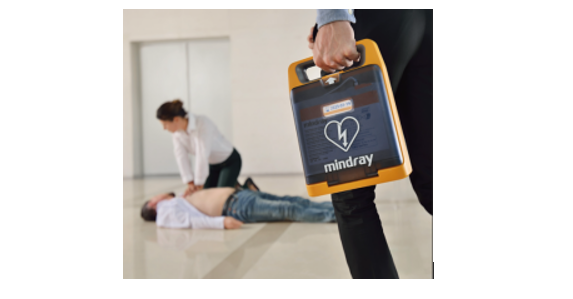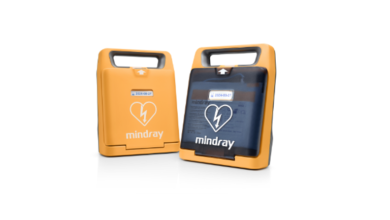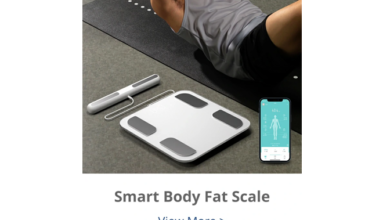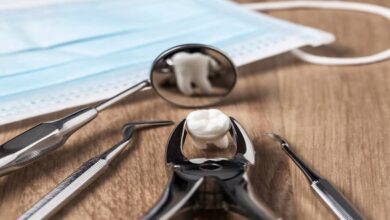Instructions for Using the Lifesaving Mindray AED

Cardiac arrest happens suddenly in public settings (like a school), where emergency services may take more than five minutes to arrive. In schools, teachers or students who were present when the situation occurred might need to take the responsibility of being a rescuer. The best lifesaving device is an AED for schools in gyms and classrooms.
Use the Mindray AED properly to save a student’s life.
In a cardiac arrest, every second matters; thus, the student who saw the cardiac arrest on campus first would be the ideal person to administer first aid. You can raise the likelihood that your first-aid interventions will be successful by heeding the advice provided below.
The symptoms of cardiac arrest patients are: First, they are unconscious if they don’t react when you tap them on the shoulder or call out to them. They have no pulse if you pinch the carotid artery with your finger and there is no movement. Finally, people are not breathing if their chest does not rise and fall.
Using an automated external defibrillator (AED) as soon as you can defibrillate someone with a cardiac arrest is the only way to save them.
During ventricular fibrillation, an automated external defibrillator (AED) may terminate an abnormal arrhythmia and return the heart to its regular rhythm. After being turned on, the AED can be used by speaking commands and following instructions.
Conclusion
Reliable AEDs have been shown to boost cardiac arrest patients’ odds of survival by 5% to 40%. According to medical authorities, defibrillation within three minutes can boost survival rates to 74%. AEDs are crucial, and this cannot be stressed enough. If you’re interested in finding out more about AEDs, go to the Mindray website.





